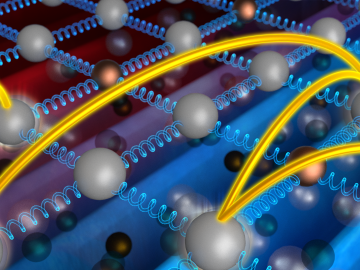
Filter News
Area of Research
- (-) Materials (52)
- (-) Supercomputing (23)
- Advanced Manufacturing (2)
- Biological Systems (2)
- Biology and Environment (4)
- Building Technologies (2)
- Clean Energy (48)
- Climate and Environmental Systems (2)
- Computational Biology (1)
- Energy Frontier Research Centers (1)
- Fossil Energy (1)
- Fuel Cycle Science and Technology (1)
- Fusion Energy (1)
- National Security (2)
- Neutron Science (26)
- Nuclear Science and Technology (14)
- Nuclear Systems Modeling, Simulation and Validation (1)
- Sensors and Controls (2)
News Topics
- 3-D Printing/Advanced Manufacturing (2)
- Artificial Intelligence (1)
- Bioenergy (1)
- Biomedical (3)
- Composites (2)
- Computer Science (6)
- Critical Materials (1)
- Energy Storage (1)
- Fusion (1)
- Grid (1)
- Isotopes (5)
- Materials Science (7)
- Microscopy (4)
- Nanotechnology (6)
- Neutron Science (3)
- Nuclear Energy (2)
- Physics (5)
- Polymers (4)
- Quantum Science (1)
- Space Exploration (1)
- Summit (2)
- Transportation (2)
Media Contacts
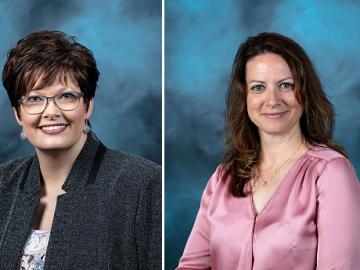
Kimberly Jeskie and Michelle Kidder of the Department of Energy’s Oak Ridge National Laboratory have been named 2018 American Chemical Society (ACS) fellows. ACS is a professional organization focused on the advancement of chemistry enterprise and the improvement of...


Oak Ridge National Laboratory scientists have developed a crucial component for a new kind of low-cost stationary battery system utilizing common materials and designed for grid-scale electricity storage. Large, economical electricity storage systems can benefit the nation’s grid ...
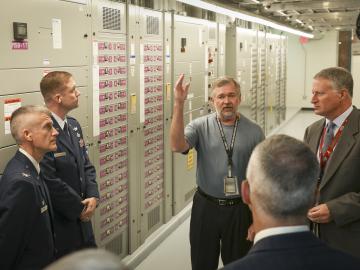
For the US military, accurate weather prediction is vital to both the planning and execution of worldwide missions. To extend its weather modeling capabilities, the US Air Force has joined the computing experts at the US Department of Energy’s (DOE’s) Oak Ridge National Laborato...
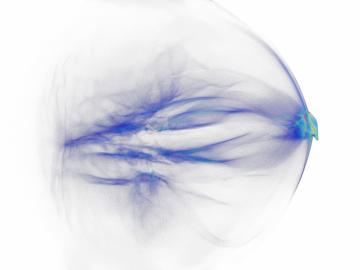
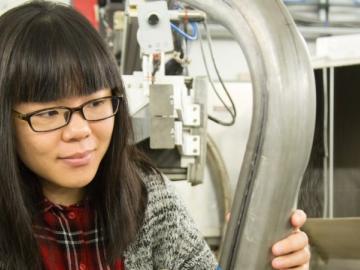


An Oak Ridge National Laboratory–led team has developed super-stretchy polymers with amazing self-healing abilities that could lead to longer-lasting consumer products.
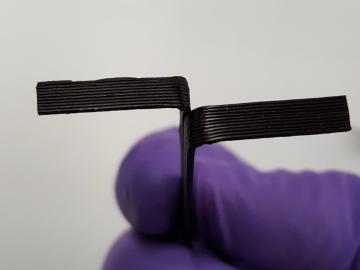
A scalable processing technique developed by Oak Ridge National Laboratory uses plant-based materials for 3D printing and offers a promising additional revenue stream for biorefineries.
